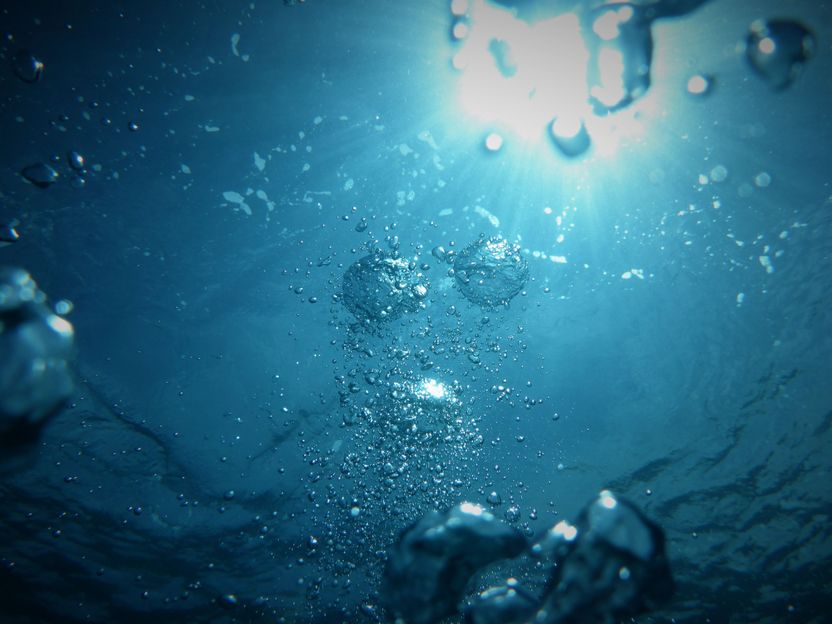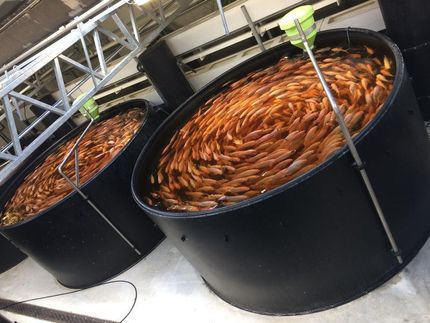WHO wants more studies on the consequences of microplasty in drinking water
Advertisement
The World Health Organization (WHO) is convinced that the occurrence of microplasty in drinking water and its possible health effects must be investigated much more closely. This applies to the distribution of these particles and also to the risks, WHO announced in Geneva on Wednesday.

Photo by Jong Marshes on Unsplash
"Based on the limited information available, microplasty in drinking water does not appear to pose a health risk at the current level," says WHO expert Maria Neira.
WHO expert Bruce Gordon said that other water pollutants are much more important from today's point of view.
However, it was important to expand the knowledge base and, above all, to stop the growth of the global plastic waste mountain. "Microplasty is everywhere in the environment, even in the water cycle," says the WHO report.
It is often unclear where the microplasty in the drinking water comes from in detail. Important sources are rain or melt water and waste water. All in all, however, the available studies are too incomplete to determine the respective extent of these inflows more precisely or to record the sources even more precisely. "In addition, pollution can also occur during other processes such as treatment, distribution and filling."/mrd/DP/jha (dpa)
Note: This article has been translated using a computer system without human intervention. LUMITOS offers these automatic translations to present a wider range of current news. Since this article has been translated with automatic translation, it is possible that it contains errors in vocabulary, syntax or grammar. The original article in German can be found here.
Most read news
Other news from the department business & finance

Get the food & beverage industry in your inbox
By submitting this form you agree that LUMITOS AG will send you the newsletter(s) selected above by email. Your data will not be passed on to third parties. Your data will be stored and processed in accordance with our data protection regulations. LUMITOS may contact you by email for the purpose of advertising or market and opinion surveys. You can revoke your consent at any time without giving reasons to LUMITOS AG, Ernst-Augustin-Str. 2, 12489 Berlin, Germany or by e-mail at revoke@lumitos.com with effect for the future. In addition, each email contains a link to unsubscribe from the corresponding newsletter.
































































